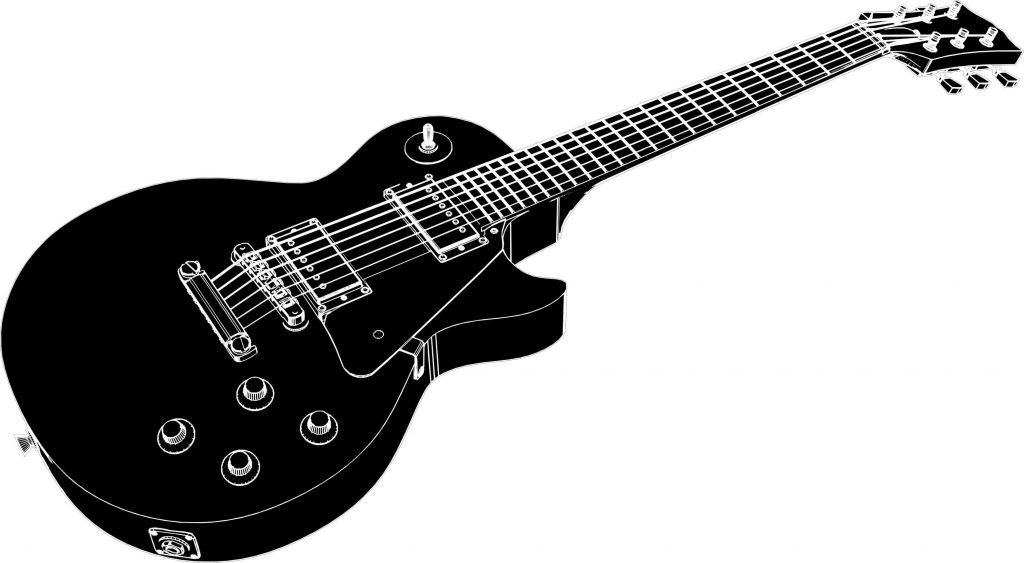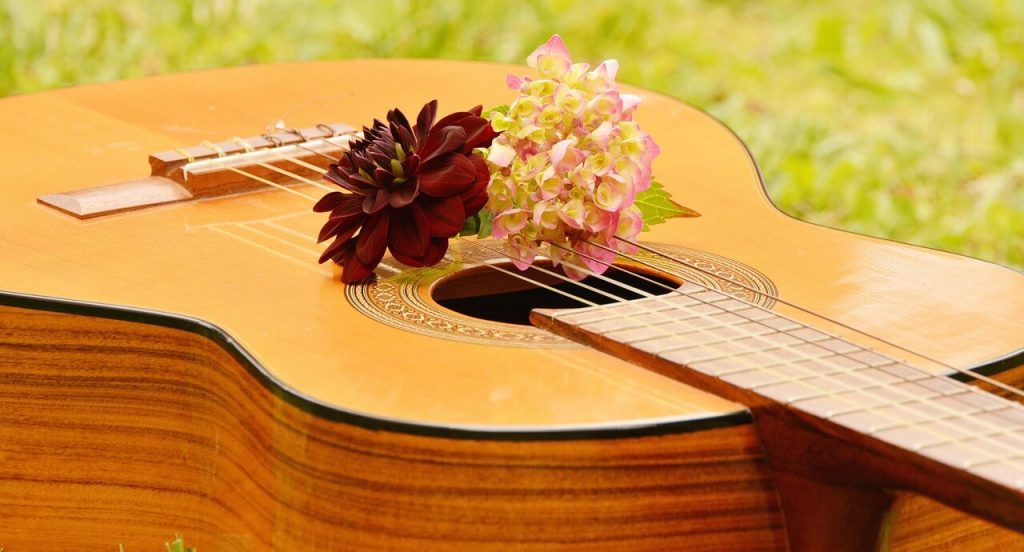It is hard to talk about acoustic guitars without mentioning frets. Without frets, there’s no rhythm. Without rhythm, there’s no music.
The first thing you should learn about acoustic guitars if you’re an amateur is how many frets an acoustic guitar has. You should then know what each fret does and why it is essential. From then on, learning the guitar becomes simple.
Before proceeding to lessons on the number of a fretboard, always remember that frets lie on the fingerboard. The fingerboard is the flat section mostly made of wood on top of the neck. It is where the frets are placed.
How Many Frets Are on an Acoustic Guitar?
Many modern acoustic guitars have between 19 and 24 frets. There are acoustic guitars with 20 frets.
There are also modern acoustic guitars with as many as 39 frets. However, these acoustic guitars aren’t so popular because they are primarily used for shredding.
Nearly all flamenco and standard classical guitars have 19 frets. The guitar’s neck meets the body at the heel, which is always on the 12th fret. The fingerboard always stops at fret 18 or fret 19 because of soundhole placement on classical guitars.
It is safe to conclude that the number of frets on an acoustic guitar depends on the type of acoustic guitar. There’s also the fact that modern and classical acoustic guitars don’t have the same number of frets.
Steel Stringed Acoustic Guitars
Usually, steel-stringed guitars have 20 frets, but some have 18 frets. Note that 12 to 14 frets on steel-stringed acoustic guitars are located above the body. Between the soundhole and where the neck meets the body lie 6 to 8 frets.
Classic Acoustic Guitars
Fret numbering is one of the main differences between old and modern acoustic guitars. Classical and steel-string acoustic guitars made till the 1920s have one thing in common: 12 frets clear of the main body.
After 1920, there was a clear difference in sound and even frets on classical and acoustic guitars. Indeed, after 1920, you couldn’t hear any guitar referred to as a classical acoustic guitar.
The distinction became clear.
To this date, the total number of frets on classical and acoustic guitars remains unchanged. However, acoustics after 1920 feature 18 or 19 frets, while classics feature 12.
Flat Top Steel String Guitars
They come in after 1920. Many guitar historians consider it an upgrade to the old-school steel-string acoustic guitar. It features 14 frets, which explains why it sounds better than all acoustic guitars that came before it.
Orchestra Model Acoustic Guitars
The 1930s saw the birth of a particular type of acoustic guitar. The guitar came by upon the request of Banjo players who preferred accessible frets with slimmer necks. Martin, a guitar manufacturing company, introduced 14 fret fingerboards with their Orchestra Model, popularly referred to as the OM series.
In OM acoustic guitars, the extra frets appear because the body’s upper part is smaller than other acoustics manufactured in 1930. The small body size means more room for the fretboard, which is longer for more frets. Notably, the upper bout is shorter to give room for a fourteen-fret guitar than 12 frets one.
Frequently Asked Questions
Can You Play An Acoustic Guitar Without Frets
No, you can’t. You can’t figure your way around an acoustic guitar without frets. The frets are to a guitar what a compass is to a sailor.
Your fingers must be placed somewhere on a fret for each chord you play on an acoustic guitar. You can’t figure out where your finger should lie without frets.
Is It Hard To Play An Acoustic Guitar With More Frets?
It all boils down to personal preference and depends on how quick you are to learn.
Some people will find it easier and more fun to play an acoustic guitar with 20 frets, while some will find it easier to play a 14 fret acoustic guitar.
The rule is different for learners. If you’re starting, go for the 19-fret acoustic guitar.
You can always move on to another guitar after mastering the more unadorned 19 fret guitar.
How Many Frets Is Ideal For Young Learners?
Any acoustic guitar with 19 frets is ideal for young learners. However, if your young one is a quick learner, move them on to a 20 fret acoustic guitar with solid fingers.
What‘s The Difference Between Frets On An Acoustic Guitar and Frets On An Electric Guitar?
There isn’t much difference. The only difference is how you play the two. You’ll need more energy to press down the frets for the acoustic guitar. Electric guitars are plugged in.
How Long Does It Take To Master The Frets
Practice makes perfect. The more you try, the faster you’ll master the frets.
Can You Modify Frets?
No, you cannot. The best you can do is buy a guitar with the number of frets you want to play. Modifying frets on your guitar will damage not just the fretboard but also the guitar.
Wrap Up
All guitars have frets. You cannot play any acoustic or electrical guitar without frets. The trick lies in mastering the frets. You can quickly master each fret and learn new chord skills with regular practice. However, remember that mastery takes time.
It is also important to note that frets always impact how a guitar sounds. Please make no mistake, though; this is not to say that the more frets a guitar has, the better it sounds. It only means that your fretting skills on any guitar will make the guitar sound better.
To put the preceding fact into perspective, a skilled guitarist on a 14 fret acoustic guitar will sound better than an amateur on a 19 fret guitar.





